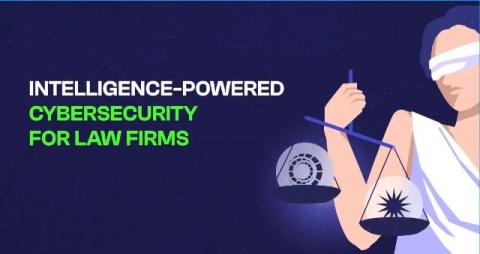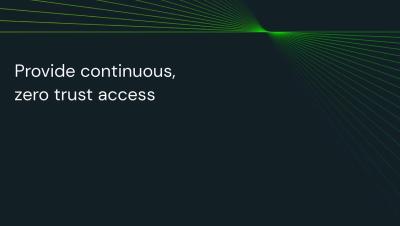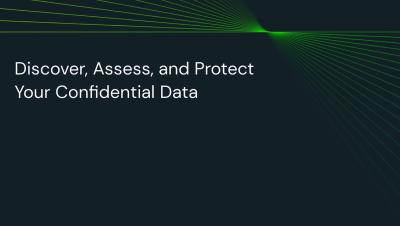The Future of Legal Cybersecurity: Proactive, Intelligence-Driven, and Unmatched
As a crucial member of your law firm’s IT team, you hold the responsibility of safeguarding highly sensitive client information – financial records, personal data, and privileged communications. While you might not be managing cases, you’re protecting the very foundation of client trust. However, this trust faces significant risk. Last year alone, 29% of law firms experienced a security breach, with the average cost per breach soaring to $4.47 million.











